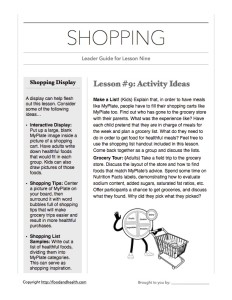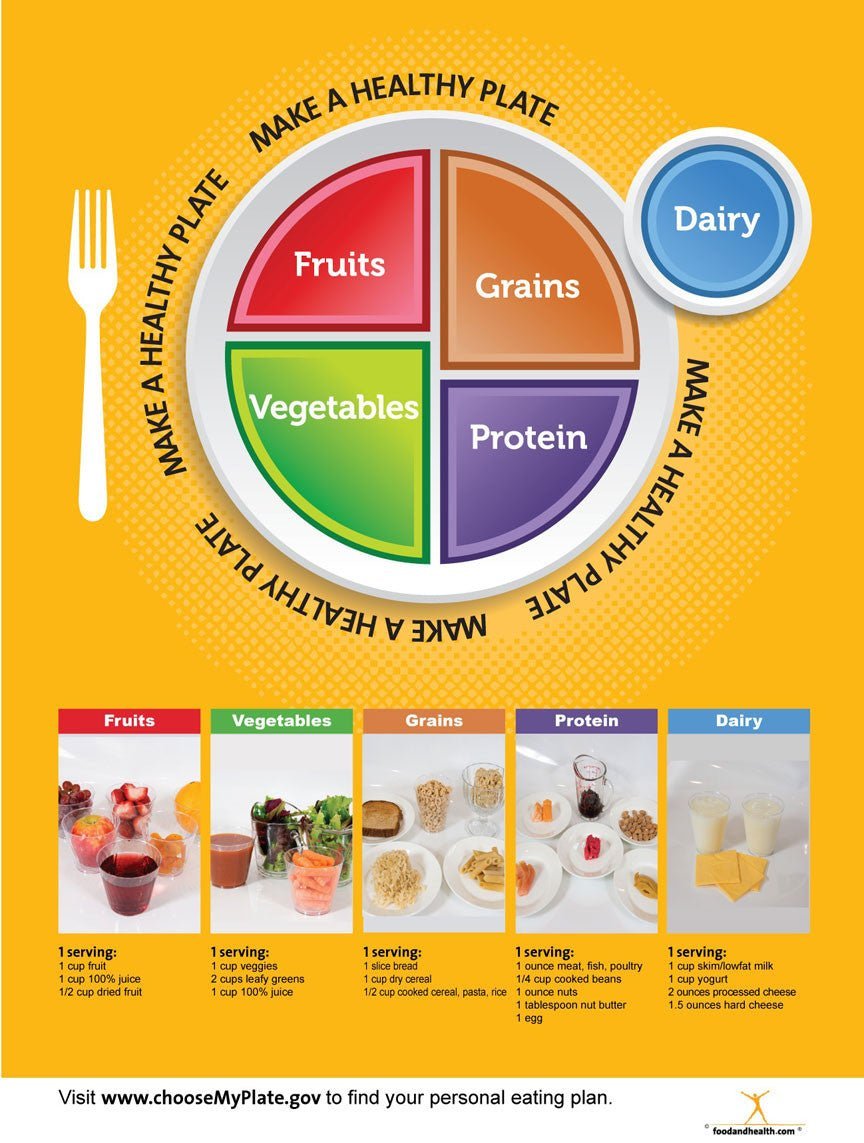Supermarket tours are great for teaching people how to make healthy choices. They’re fun, interactive, and hands-on. But they’re not pandemic-friendly.
When you can’t take the people to the grocery store, bring the grocery store to the people! It’s easy if you use one of our shopping PowerPoint shows:
- Shopping Smart for Weight Loss
- Shopping Smart for the Heart
- Shopping Smart for Diabetes
- Shopping Light
- MyPlate Interactive Tour
- Healthy Shopping on a Budget
Or get all the shows listed above in the 6 Grocery Shopping PowerPoint Tour Guides Kit. No matter who’s in your audience, this kit has everything you need, including handouts and lesson plans.
Here are some ways to add a twist to your virtual supermarket tour:
- Talk shopping while you cook. Record a cooking demonstration to go along with your virtual shopping tour. As you cook, talk about each ingredient. Where can you find it in the store? What can you substitute if it’s not in stock? Is there a budget-friendly option? Can you use frozen instead of fresh? What do you look for on the food label?
- Share your screen. Grocery shopping online is more popular than ever, but some people aren’t tech-savvy. Share your screen to show them how to select and order groceries for curbside pickup or delivery. Do a sample order that includes a variety of items from each food group so you can add tips for choosing healthier options.
- Build a healthy shopping list. Even if you don’t order groceries online, a supermarket’s website or app is still a valuable tool for building a healthy shopping list. Plus, a detailed list is pandemic-friendly – it can help limit the number of trips to the store and how much time you spend there.
- Take one aisle at a time. A comprehensive supermarket tour can be overwhelming, whether it’s in-person or virtual. Break your virtual tour up into smaller sessions where you focus on one aisle or department at a time.
Hollis Bass, MEd, RD, LD
Free shopping lists here.

6 Grocery Shopping PowerPoint Tour Guides - DOWNLOAD
$99.00 $294.00
Add to Cart












